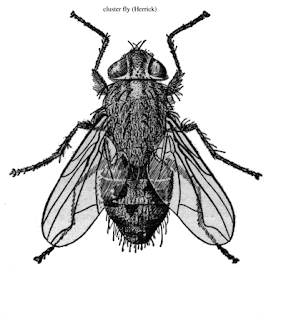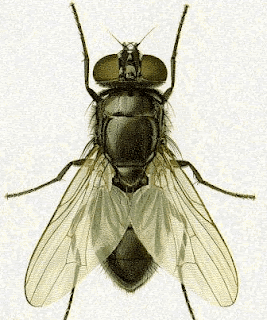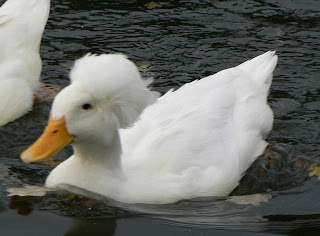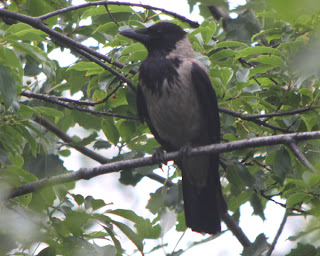Showing posts with label Birds. Show all posts
Showing posts with label Birds. Show all posts
Monday, 5 December 2011
Thursday, 17 November 2011
Friday, 11 November 2011
Emu Bird History & Pics 2011

History:
The genus and species names of the emu are Dromaius novaehollandiae.
Emu-birds are members of the ratite family along with ostrich, rhea, cassowary and kiwi.
Emu are prehistoric birds that originated about 80 million years ago in Australia.
Flightless, but they have strong legs and run very fast and can run up to speeds of 30 miles per hour (50 kilometers per hour).
Emus are also very good swimmers.
Wings are only 1/10th the length of its body
Brown in color;
They have 3 toes; the underside of each toe is flattened with a broad pad.
Two main calls: a gutteral grunt and a throbbing drum.
Emu's were imported into the United States from the 1930's through the late 1950's as exotic zoo stock.
Today, the exportation of live birds and eggs is prohibited from Australia
Exports of processed emu products from Australia, however, are on the rise as emu begins to gain acceptance worldwide for its unique qualities
Emus are raised throughout the world and have adapted to a variety of conditions ranging from the cold winters to the extreme heat
Normally Emu's lives up to 40 years.
Bill is broad and soft, adapted for browsing and grazing.
In nature, the emu's nest is a shallow hole by a bush. The nest is lined with leaves, grass, and bark.
Pic`s
Emu
Emu
Emu
Emu
Emu
Emu
Emu
Friday, 4 November 2011
Thursday, 3 November 2011
Duck Profile & Images 2011
Profile:
Kingdom: Animalia
Phylum: Chordata
Class: Aves
Order: Anseriformes
Family: Anatidae
Subfamily: various
Duck is the common name for a large number of species in the Anatidae family of birds, which also includes swans and geese. The ducks are divided among several subfamilies in the Anatidae family; they do not represent a monophyletic group (the group of all descendants of a single common ancestral species) but a form taxon, since swans and geese are not considered ducks. Ducks are mostly aquatic birds, mostly smaller than the swans and geese, and may be found in both fresh water and sea water.
Ducks are sometimes confused with several types of unrelated water birds with similar forms, such as loons or divers, grebes, gallinules, and coots.
Images:
Kingdom: Animalia
Phylum: Chordata
Class: Aves
Order: Anseriformes
Family: Anatidae
Subfamily: various
Duck is the common name for a large number of species in the Anatidae family of birds, which also includes swans and geese. The ducks are divided among several subfamilies in the Anatidae family; they do not represent a monophyletic group (the group of all descendants of a single common ancestral species) but a form taxon, since swans and geese are not considered ducks. Ducks are mostly aquatic birds, mostly smaller than the swans and geese, and may be found in both fresh water and sea water.
Ducks are sometimes confused with several types of unrelated water birds with similar forms, such as loons or divers, grebes, gallinules, and coots.
Images:
Duck
Duck
Duck
Duck
Duck
Duck
Duck
Duck
Wednesday, 2 November 2011
Hooded Crow Bio & Images 2011
Hooded Crow in Staten Island, New York
When I first saw the post on the New York State listserv about the Hooded Crow on Staten Island I wasn’t going to twitch it. Why? It had to be an escaped bird or at least one that didn’t make it to the southernmost borough in New York City under its own power but by riding a boat.* After all, Hooded Crows are a bird of eastern and northern Europe, Central Asia, and the Middle East and are not known as long distance migrants. But the more I thought about it the more I wanted to see a Hooded Crow again.
My last encounter with a Hooded Crow was in May of 2009 in the Tien Shan Mountains of Kazakhstan. Prior to that trip to Kazakhstan the only other time I had seen Hooded Crows was in Germany in 2007, when my best looks at a Hooded Crow were along the shore of the Baltic Sea. I thought that by going to see this particular bird in Staten Island’s Great Kills Park I might not only get to see a great bird but might also evoke some nice memories as well.
Images:
When I first saw the post on the New York State listserv about the Hooded Crow on Staten Island I wasn’t going to twitch it. Why? It had to be an escaped bird or at least one that didn’t make it to the southernmost borough in New York City under its own power but by riding a boat.* After all, Hooded Crows are a bird of eastern and northern Europe, Central Asia, and the Middle East and are not known as long distance migrants. But the more I thought about it the more I wanted to see a Hooded Crow again.
My last encounter with a Hooded Crow was in May of 2009 in the Tien Shan Mountains of Kazakhstan. Prior to that trip to Kazakhstan the only other time I had seen Hooded Crows was in Germany in 2007, when my best looks at a Hooded Crow were along the shore of the Baltic Sea. I thought that by going to see this particular bird in Staten Island’s Great Kills Park I might not only get to see a great bird but might also evoke some nice memories as well.
Images:
Crow
Crow
Crow
Crow
Crow
Crow
Subscribe to:
Posts (Atom)

















































